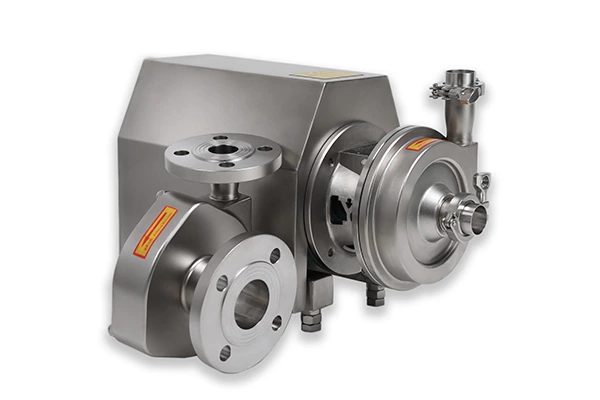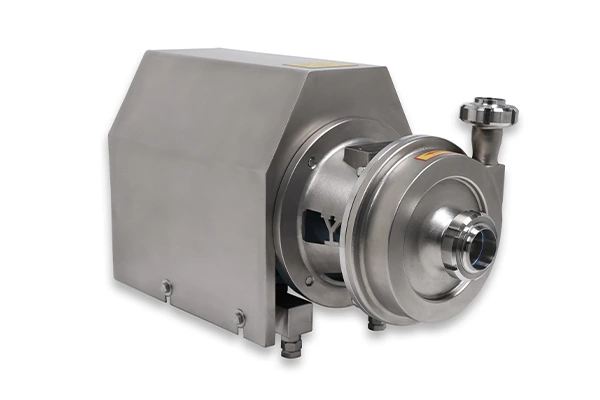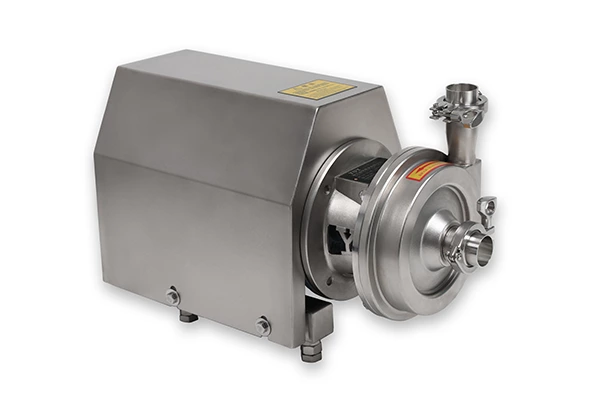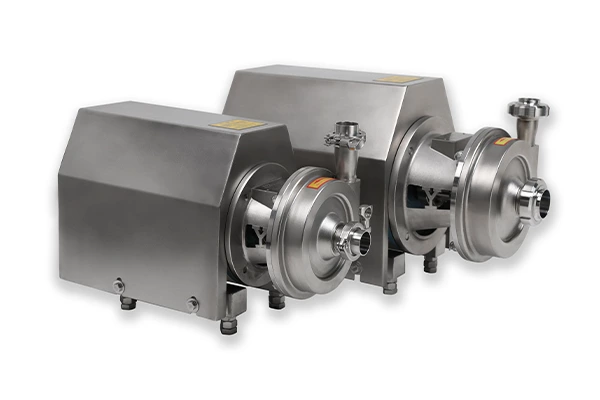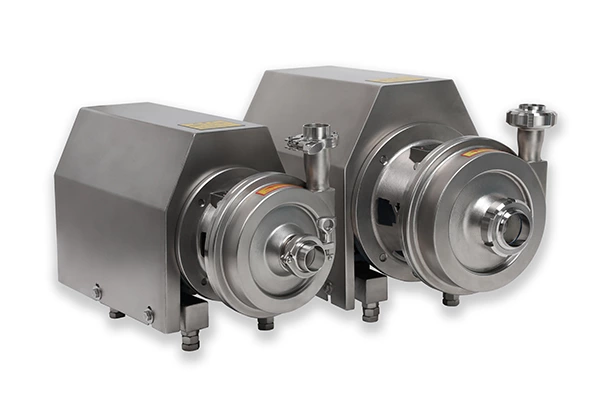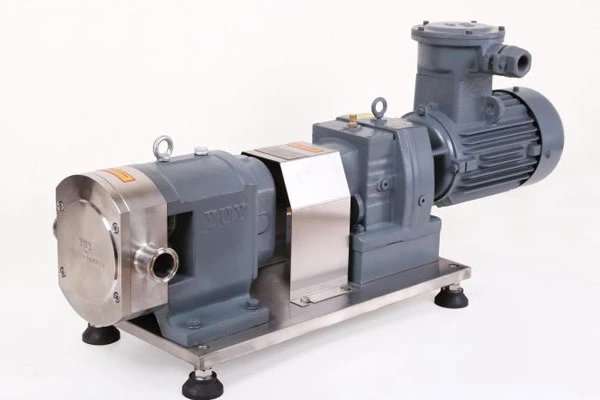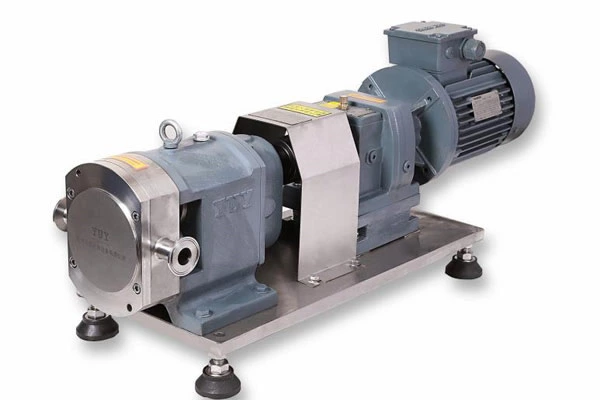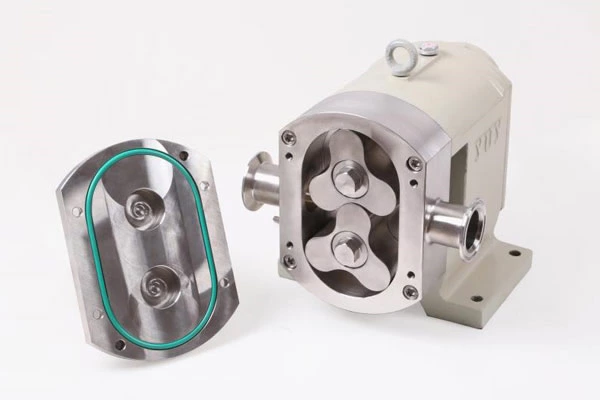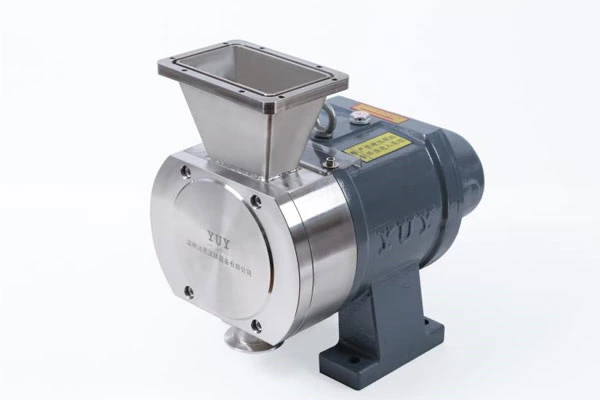Five Common Faults Of Sanitary Centrifugal Pumps
1. Sanitary Centrifugal Pump bearing damage. The bearing of the sanitary centrifugal pump is made of high-density carbon. If the pump is cut off from water or there are impurities in the pump, the bearing will be damaged. If the coaxiality requirements between the inner and outer magnetic rotors of the cylindrical coupling are not guaranteed, the life of the bearing will be directly affected.
2. Insufficient head. The causes of this failure are: air in the conveying medium, impeller damage, insufficient speed, excessive specific gravity of the conveyed liquid, and excessive flow.
3. The shaft of the sanitary centrifugal pump is broken. The material used for the pump shaft of the sanitary centrifugal pump is 99% alumina porcelain. The main reason for the shaft breakage is that the pump is running empty and the bearing is dry-grinded and the shaft is twisted off. When the pump is disassembled for inspection, it can be seen that the bearing has been severely worn. The main way to prevent the pump from breaking is to avoid the empty running of the pump.
4. Insufficient flow. The main reasons for insufficient flow are: impeller damage, insufficient speed, excessive head, and debris blocking the pipe.
5. The sanitary centrifugal pump cannot pump liquid. The failure of a sanitary centrifugal pump to pump out liquid is the most common failure of the pump, and there are many reasons for it. First, check whether there is a leak in the suction pipeline of the pump, check whether the air in the suction pipe is discharged, whether the amount of liquid poured into the sanitary centrifugal pump is sufficient, whether there is debris blocking the suction pipe, and whether the pump is reversed (especially after the motor is replaced or the power supply line is overhauled). Also pay attention to whether the suction height of the pump is too high. If the above inspections still cannot solve the problem, the pump can be disassembled and checked to see if the pump shaft is broken. It should also be checked whether the dynamic and static rings of the pump are intact, and whether the entire rotor can move axially in a small amount. If axial movement is difficult, check whether the carbon bearing is too tightly combined with the pump shaft.
It is worth noting that if the sanitary centrifugal pump cannot be repaired several times, attention should be paid to whether the magnetic coupling is working properly. The bearings, internal magnetic rotors and spacers will generate heat during operation, which will increase the working temperature. On the one hand, the transmitted power will decrease, and on the other hand, it will cause great trouble to the sanitary centrifugal pump that transports easily vaporized liquids. The power transmitted by the magnet is a continuously decreasing curve with the increase of temperature. Usually, below the working limit temperature of the magnet, the decrease of its transmission capacity is reversible, but above the limit temperature, it is irreversible, that is, after the magnet is cooled, the lost transmission capacity can never be restored. In special cases, when the magnetic coupling slips (out of step), the eddy current heat in the spacer will increase sharply, and the temperature will rise sharply. If not handled in time, it will cause the magnet to demagnetize and make the magnetic coupling invalid. Therefore, a reliable cooling system should be designed for sanitary centrifugal pumps. For media that are not easy to vaporize, the cooling circulation system generally leads the liquid flow from the impeller outlet or the pump outlet, and returns to the suction port through the bearing and the magnetic transmission part. For media that are easy to vaporize, a heat exchanger should be added or the liquid flow should be led to a storage tank outside the pump to avoid heat returning to the suction port. For media with solid impurities or ferromagnetic impurities, filtration should be considered, and for high-temperature media, cooling should be considered to ensure that the magnetic coupling does not exceed the working limit temperature.
When considering whether the speed is sufficient, first check whether the speed of the motor itself is normal. You can use a tachometer to measure it. When the motor speed is normal, consider whether the magnetic coupling will slip.
